All About the Cotton Scoop
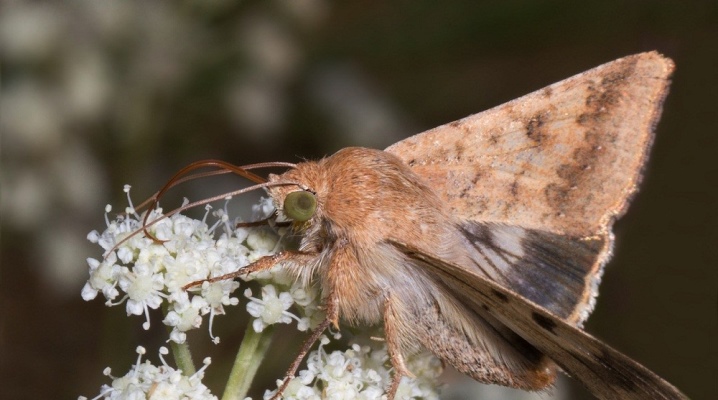
Often, various crops in gardens and orchards suffer from a variety of pests. One of them is the cotton scoop. Caterpillars of this butterfly are capable of causing serious harm to various plants. They feed on the leaves and stems of vegetables, gradually destroying them. Today we will look at how to identify this parasite, and also analyze what methods exist to combat it.
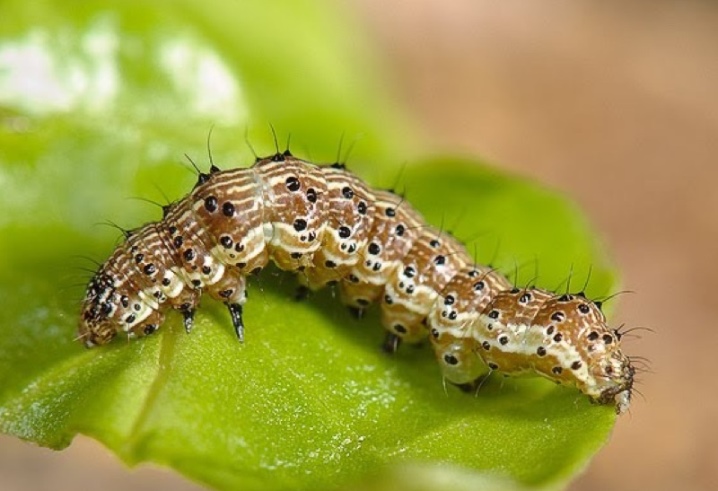
Description
The cotton scoop is a small butterfly. Its wingspan reaches about 3-4 centimeters. The front fenders have a grayish-yellow color with red blotches, on their surface you can see small round spots of dark gray color. The hindwings are usually slightly paler than the forewings. A thin brown stripe is located at the outer edge, and a dark, moon-shaped speck in the central part. Females are darker in color.
The cotton bollworm lays eggs on both weeds and cultivated plants.
She is considered quite fertile: during her life cycle, the female can produce from 500 to 1000 eggs (sometimes egg-laying reaches 3000).
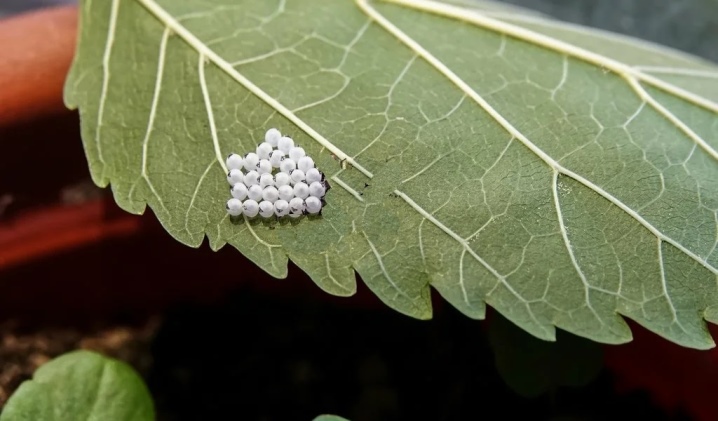
For which plants is it dangerous?
This pest can damage a wide variety of plants. Most often, tomatoes, sunflowers, and corn suffer from it. It is to these crops that the parasite does the maximum harm. He can also settle on tobacco, soy, pepper and chickpeas.

How to identify?
You can identify the pest by carefully examining the plants. During this procedure, you can easily spot the eggs or caterpillars of the Asian cotton bollworm. Besides, remember that they feed on leaf blades, buds, inflorescences, grains, fruits of crops and thus eat up almost the entire crop.
Initially, the parasite destroys the leaf blades, leaving only a few outlines. But still, the main source of nutrition for them is the corn on the cob at the stages of ripening.
For timely detection, special traps with pheromones will also be suitable. Their smell is a kind of signal for the male (in search of the female): the insect flies at him, and then easily falls into the trap made, where it dies.
It is better to display such products at the beginning of the summer season - it will be necessary to place traps 25-30 meters from each other and the edges of the garden.
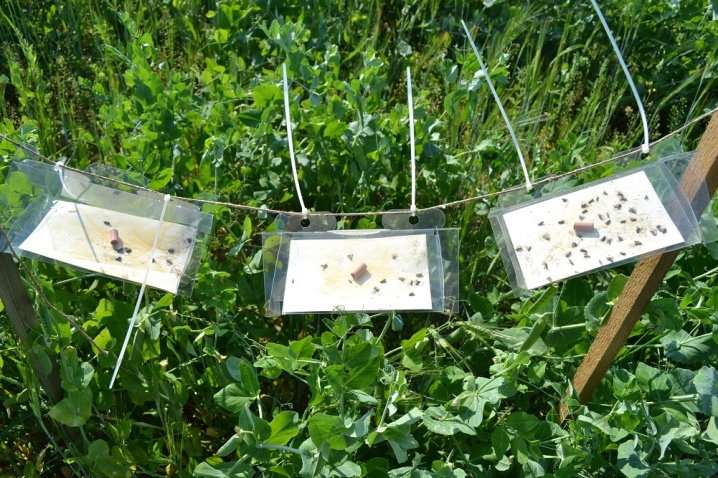
How to fight?
There are many measures to combat this parasite. Let us analyze the most commonly used methods in which special chemicals are used.
- Aktofit. This composition is made on the basis of the active substance aversectin. He is able to quickly paralyze the scoop. All components used are absolutely safe for pets and people due to their natural origin. The product does not contain pesticides and poisons. "Aktofit" can also be used during the period of active fruiting of crops. The substance can be combined with other agents that help to destroy pests on plants. The tool will be able to act when processing in hot and cool weather.
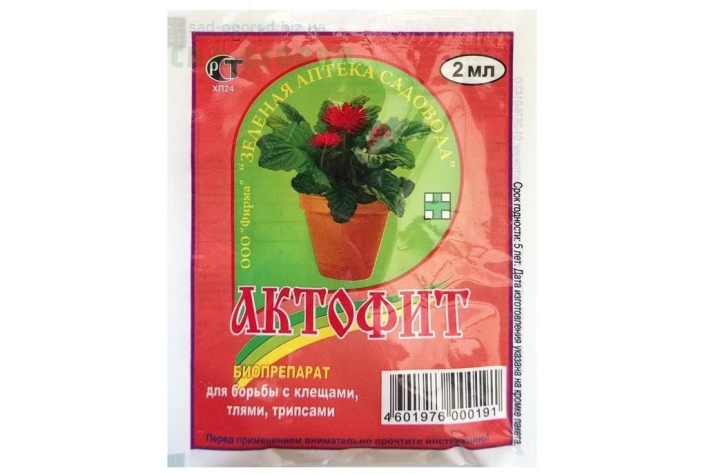
- Fitoverm. This drug is also often used to combat the cotton bollworm. The main active ingredient is aversectin S. "Fitoverm" is considered an effective insecticide of contact-intestinal action. The drug will have no effect if it just gets caught by the parasite. The bottom line is the treatment of the affected plants themselves.Eating the sprayed vegetation, the insect will also swallow at the same time a special intestinal poison that affects the nervous and digestive systems, after which a nervous paralysis occurs. Approximately 7-8 hours after spraying, the parasite's body stops feeding. Insects die in 2-3 days.
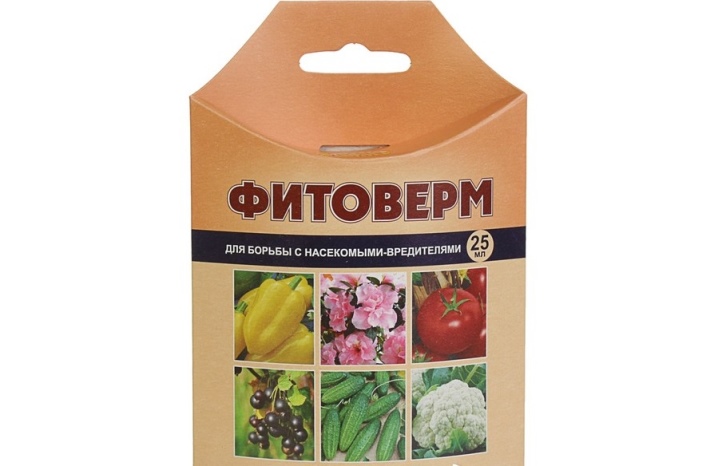
- "Bitoxibacillin". This chemical is an insecticidal substance produced from the spores of specific pathogenic bacteria. Such a remedy for agricultural crops is absolutely safe (for humans and domestic animals, birds). The period of protective action after treatment with such a preparation is almost 20 days. "Bitoxibacillin" has an effect on the nervous and digestive systems of harmful insects, they die about 2-3 days after eating the treated leaf plates and fruits. This composition can be perfect for corn, pepper and sunflower.
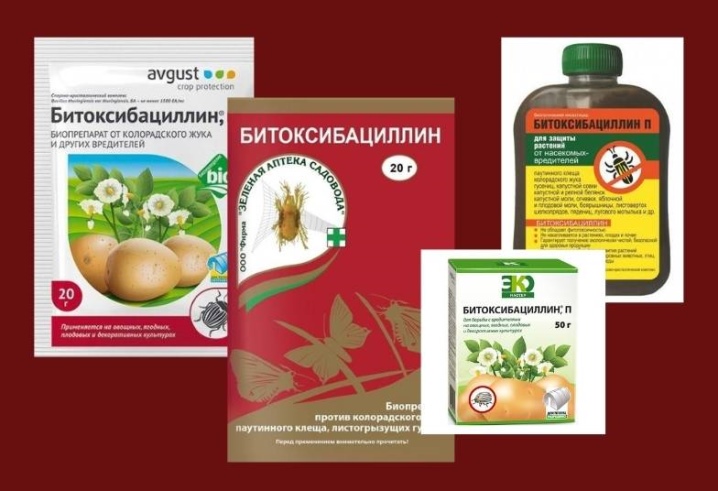
You should also name a few folk ways that help get rid of the cotton scoop.
- Herbal infusions. It is best to take chamomile, yarrow, burdock as a basis. In this case, you will need half a bucket of such a previously chopped green mass. It is later poured to the top with slightly warmed water. The entire resulting composition is left to infuse for several days. After that, the whole mass is thoroughly filtered. It is better to add 50-100 grams of crushed laundry soap to the mixture.
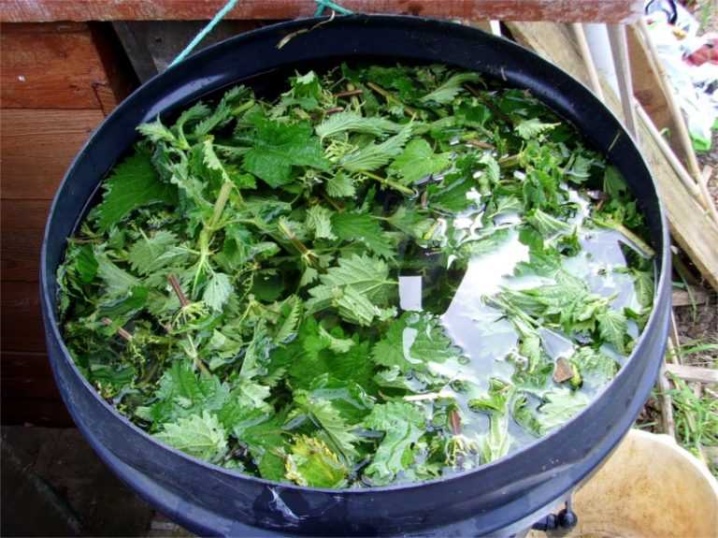
- Wood ash formulations. There are many recipes for the preparation of medicinal solutions with such a component. Often such ash (1-2 full glasses) is mixed with liquid or crushed laundry soap (40-50 grams). All this is filled with cold water.
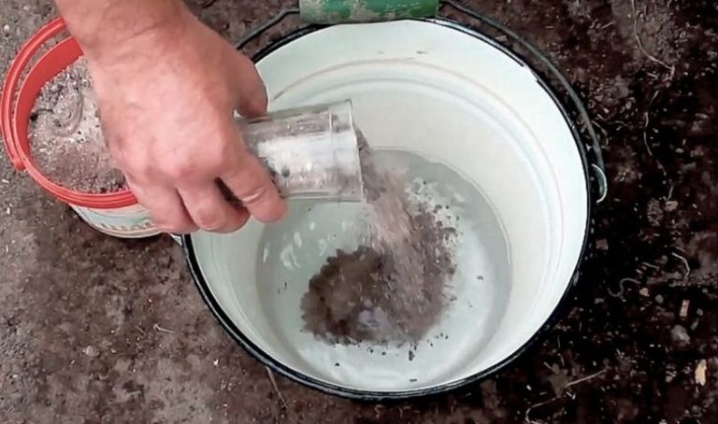
It should be noted that the most effective folk remedies in the fight against such pests are compositions with components that have the most pungent odors, including with onions and garlic. In this case, you will not need too much crushed raw materials.
Often, when preparing medicinal solutions, a small amount of ammonia is used. For 10 liters of water, 50 milliliters of such a substance may well be enough.
In addition to all of the above methods, there are also special agrotechnical methods for dealing with such pests. These include regular harvesting of flowering weeds. Also, don't forget about the alternating fit. In the summer season, it is recommended to loosen the row spacings.
Many experienced gardeners also advise during this period of time to tackle the manual cathedrals of caterpillars and pupae.
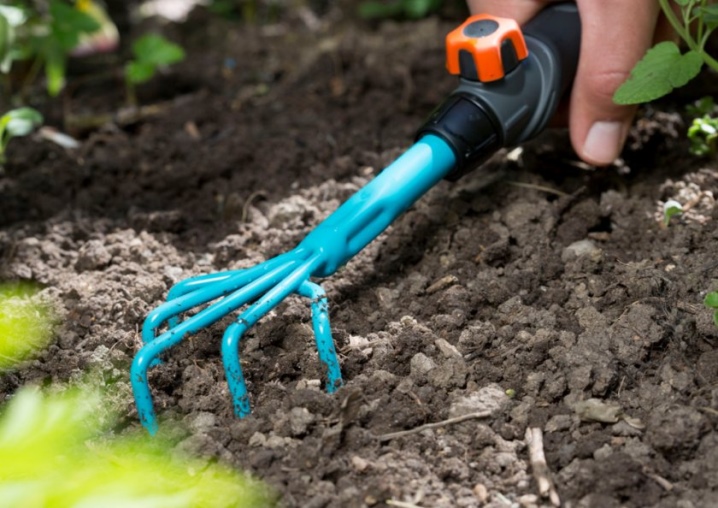
Preventive measures
In order to prevent the appearance of this parasite on vegetable crops, some preventive procedures should be carried out.
- Do not forget to dig up the soil before the onset of frost. Moreover, the digging depth should be at least ten centimeters.
- Also remember that it is necessary to remove all plant residues from the site at the beginning of autumn. In the spring, weeding should be carried out, which will remove weeds.
- As a preventive measure, you can spray the plants at the beginning of summer. In this case, you can use independently prepared solutions.

For methods of dealing with cotton bollworms, see the following video.













The comment was sent successfully.